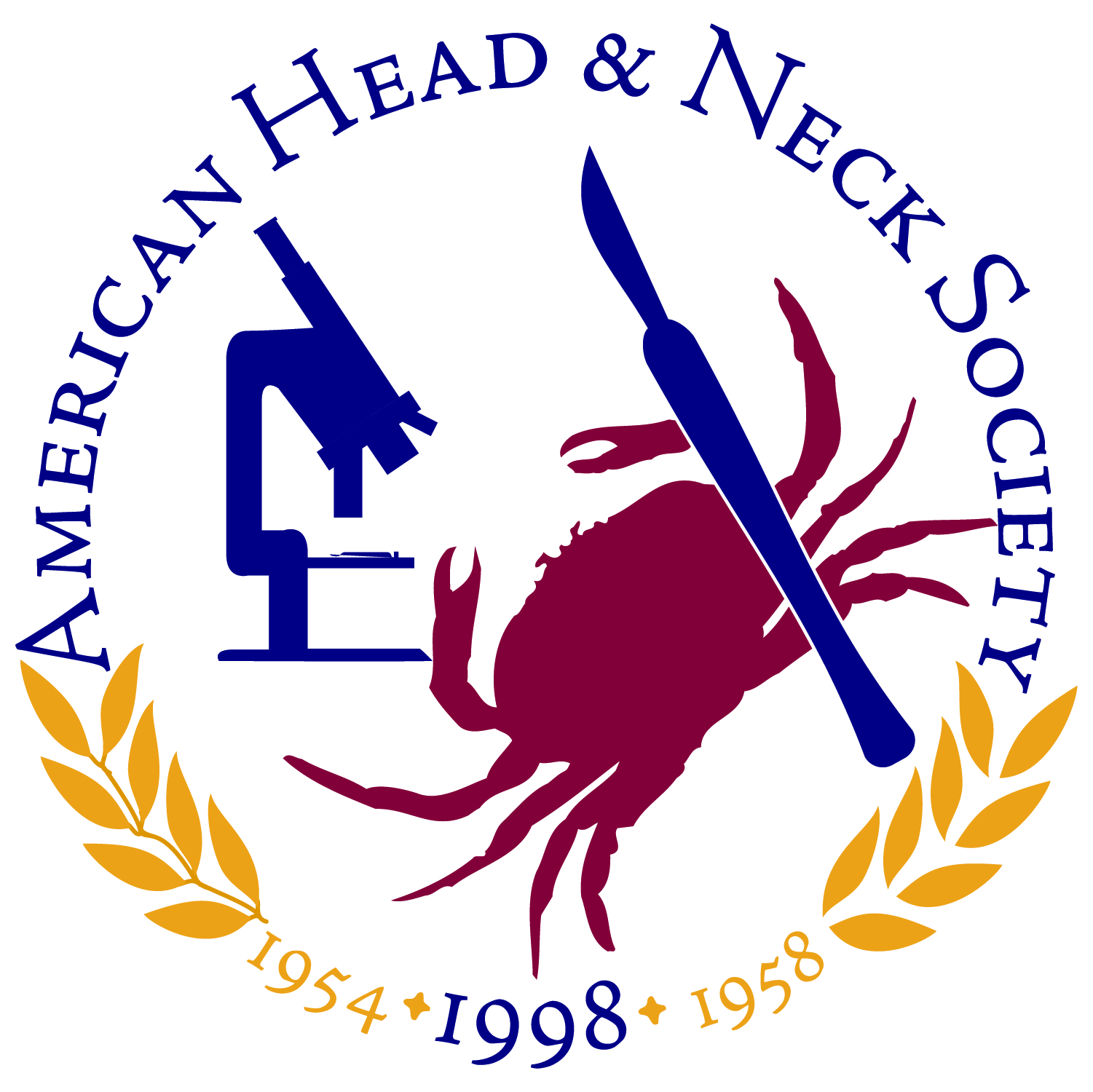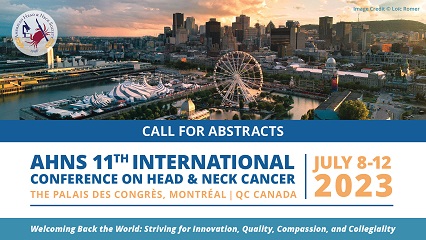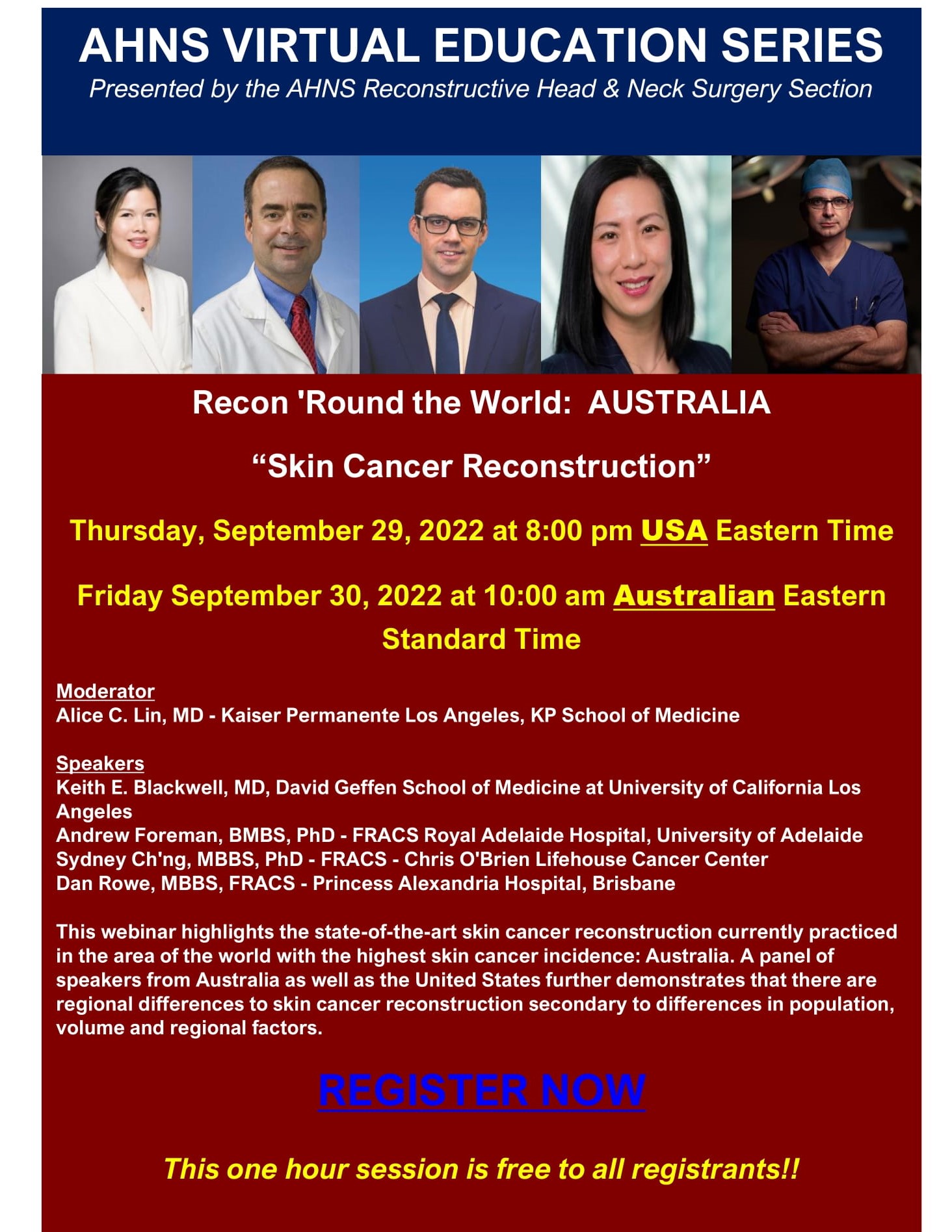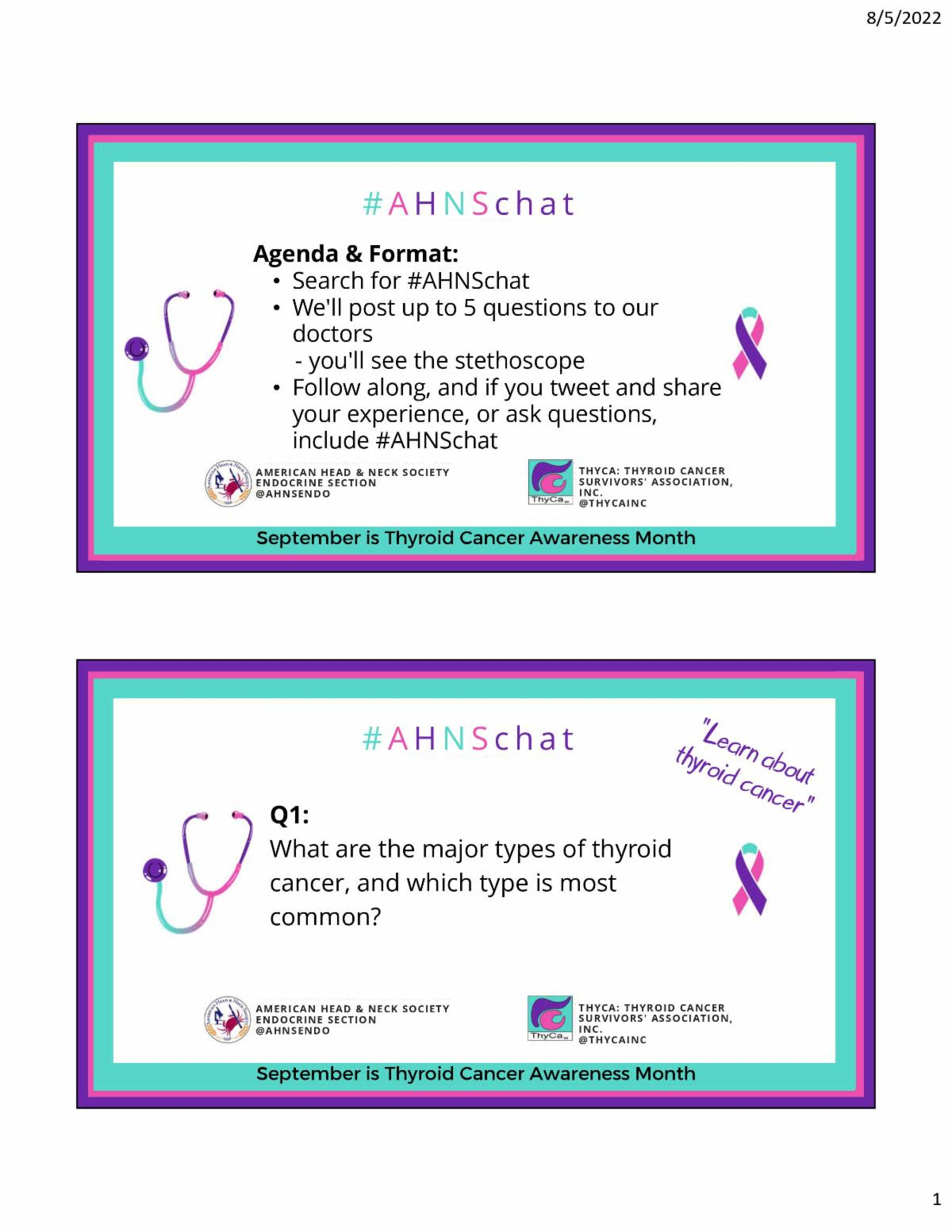Myers’ Family Summer Travel Fellowship in Otolaryngology Application is Open!
Diversity Summer Travel Fellowship in Otolaryngology for under-represented minority medical students This program is sponsored by the American Head and Neck Society Research and Education Foundation, thanks to the very generous contributions of the Myers family – Dr. Eugene N. and Mrs. Barbara L. Myers and Dr. Jeffrey Myers. It is intended to expose an under-represented minority …
